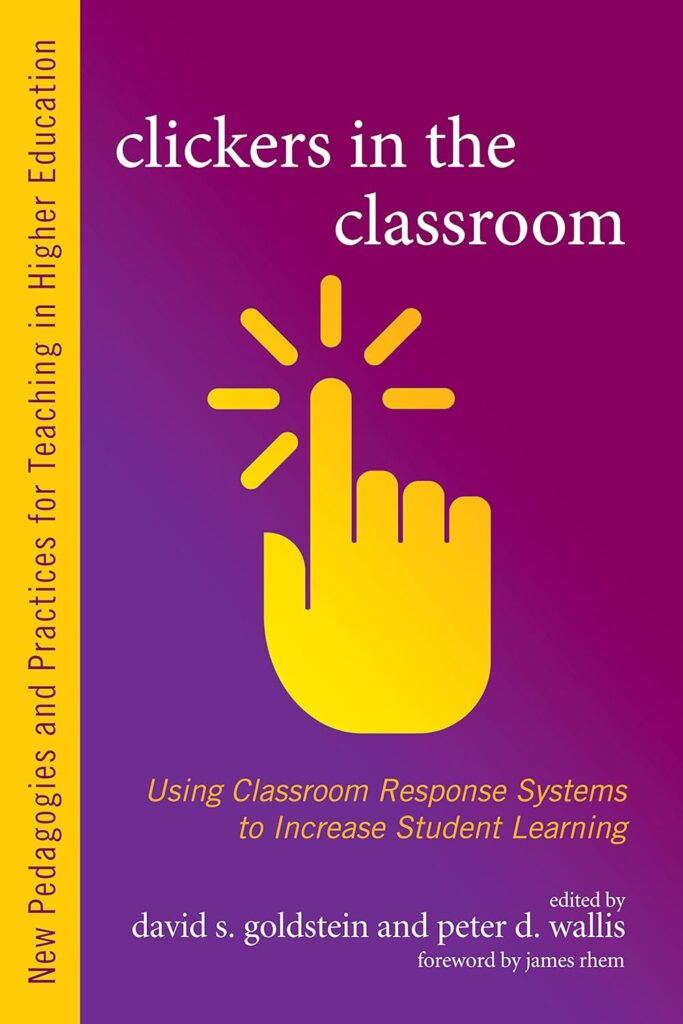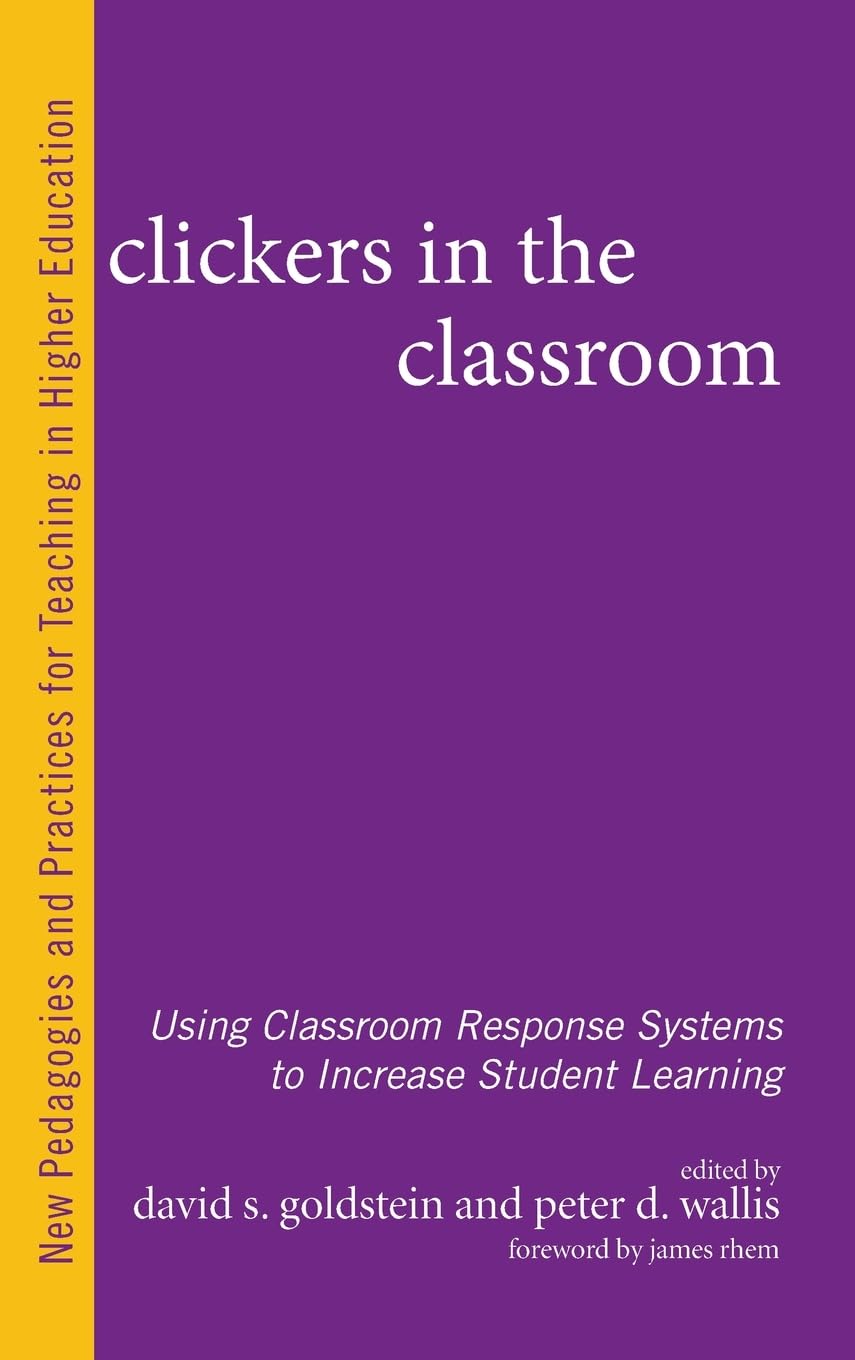The book "Clickers in the Classroom" explores the use of clickers, also known as student response systems, as a pedagogical tool in higher education. Clickers are handheld devices or mobile applications that allow students to respond to multiple-choice questions or polls in real-time during class.
The authors, David S. Goldstein and Peter D. Wallis, delve into the various benefits and challenges of incorporating clickers into classroom instruction. Through their research and experiences, they present key takeaways and practical strategies that educators can use to enhance student engagement and learning outcomes.

Key Takeaways
1. Enhancing Student Engagement
Clickers have proven to be effective in increasing student engagement during lectures. By actively participating in class, students feel more connected to the content and are more likely to retain information. The instant feedback provided by clicker responses also helps students gauge their understanding and identify areas that need improvement.
2. Promoting Active Learning
Clickers encourage active learning by allowing instructors to design interactive activities. Instead of passively listening, students are prompted to think critically, apply concepts, and discuss their answers with their peers. This promotes a collaborative learning environment and fosters deeper understanding.
3. Formative Assessment and Feedback
Using clickers for formative assessment provides instructors with valuable insights into students' understanding of the material. By regularly assessing comprehension through quizzes or polls, instructors can identify areas of confusion and adjust their teaching accordingly. Additionally, clickers facilitate anonymous voting, which encourages students to participate without fear of judgment. Instructors can provide immediate feedback based on their responses, addressing misconceptions in real-time.
4. Facilitating Active Discussions
Clickers can serve as a catalyst for class discussions. By posing thought-provoking questions, instructors can spark lively debates or encourage students to share their perspectives. The anonymity provided by clicker responses removes barriers and encourages more students to participate in discussions.
5. Assessing Learning Outcomes
Clickers can be used as a summative assessment tool, allowing instructors to evaluate students' learning outcomes. By analysing patterns in clicker responses, instructors can gauge the overall understanding of the class and identify areas that require additional attention. This data-driven approach aids in refining teaching methods and improving instructional practices.
6. Overcoming Challenges
While clickers offer numerous benefits, they also present challenges that need to be addressed. For instance, technical issues may arise, such as connectivity problems or device malfunctions. Additionally, instructors must ensure that their clicker questions align with the learning objectives and promote critical thinking. Balancing the use of clickers with other instructional methods is essential to avoid over-reliance on this tool.
Summary
Overall, "Clickers in the Classroom" provides a comprehensive guide for educators seeking to incorporate student response systems into their teaching practices. It emphasizes the importance of active learning, formative assessment, and student engagement. By implementing the strategies outlined in this book, instructors can create an interactive and inclusive learning environment, ultimately enhancing students' educational experiences.

